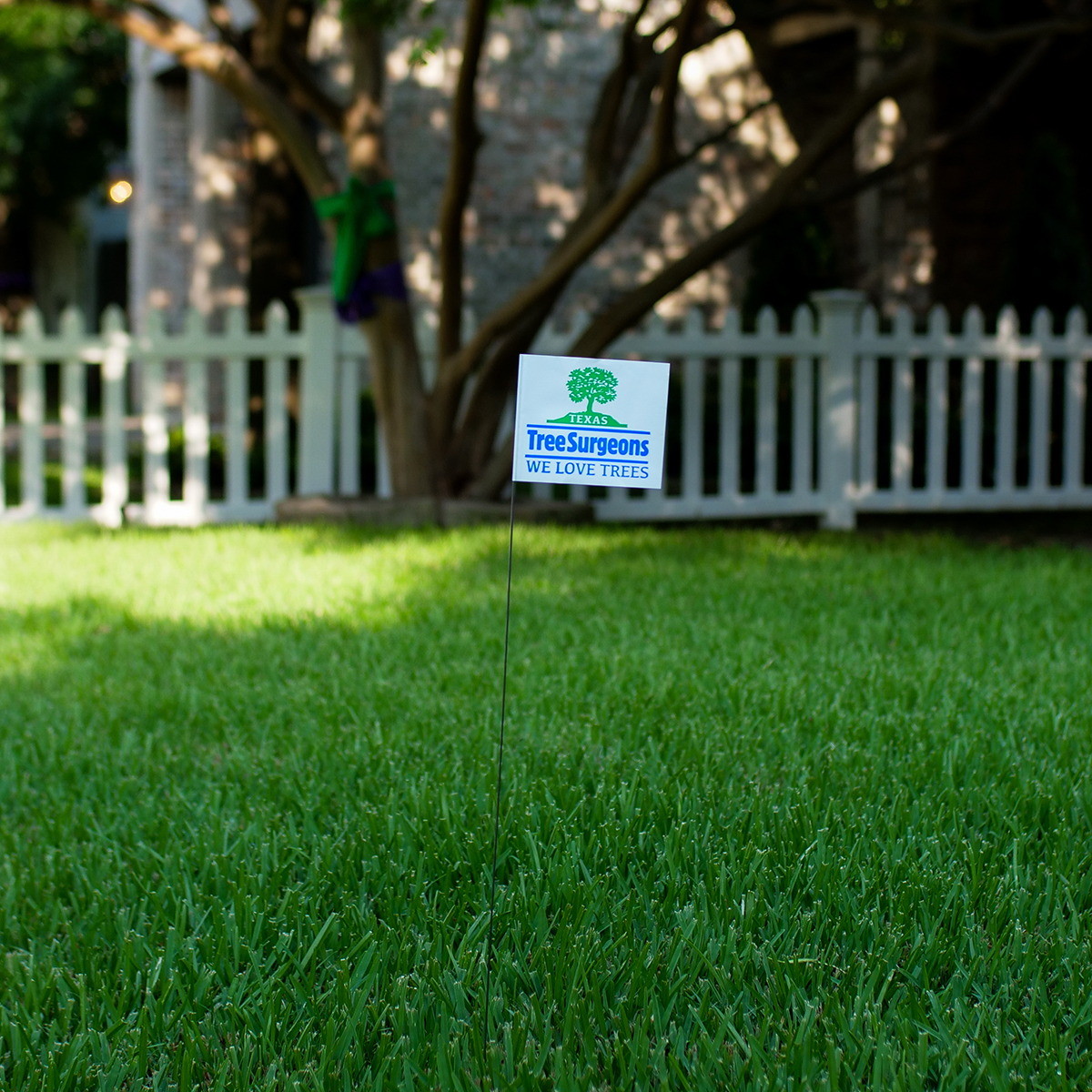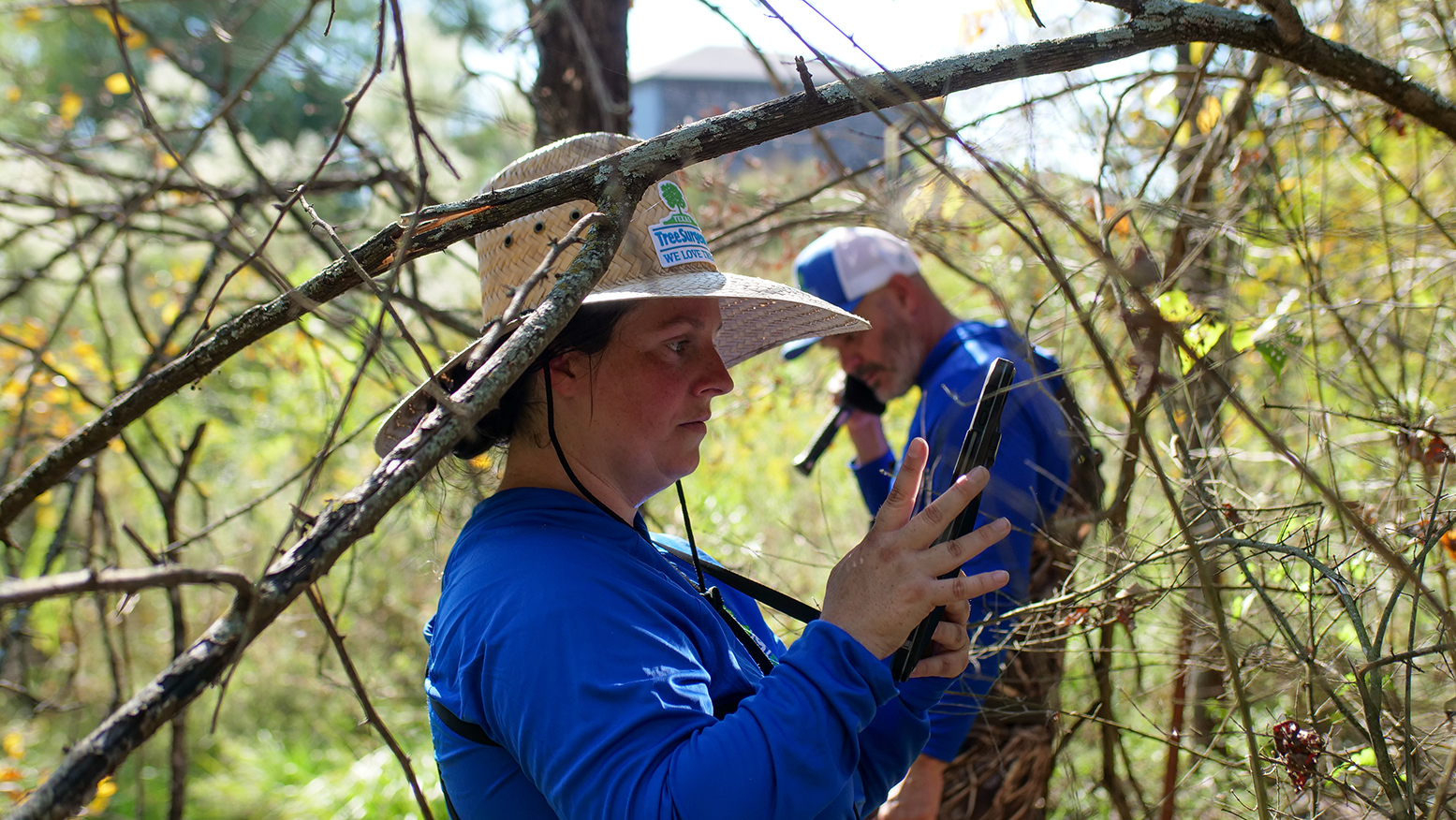What's a Tree Assessment? Why bother?

Oftentimes we think of trees as static things that just exist near us. It is a firm belief that trees have been here before us and will be here long after us. While this is true in native forest settings it is not true for the trees you see in your neighborhood.
Trees aren’t static things, they are complex living organisms that science learns more about everyday. Tree health care and science is often compared to human health care and medicine, because the complexities are similar.
There are basic tree care practices that homeowners can do that will greatly improve their trees overall health like watering regularly with a drip hose and applying mulch.
In addition to doing those things, having the same local certified arborist annually visit your tree is the best thing you can do.
Why does having the same local arborist make a difference?
A local certified arborist will understand the microenvironment, diseases that are prevalent for the region, soil type, and weather patterns that would have impacted the tree over the last decade.
At Texas Tree Surgeons we keep our arborist’s, crew, and tree health care technicians on the same job so they can follow a tree’s progression year after year. This allows them to adjust care and notice differences you may not. In addition our team will document your tree’s health with photos and notes so they can review how your tree has changed over time.
Our arborists are ISA Tree Risk Assessment Qualified and every time they do an estimate they will automatically do a level 1 assessment.
TRAQ Assessment Levels

Level 1:
Limited Assessment
Identify obvious defects with photo documentation

Level 2:
Basic Assessment
Detailed visual inspection which may include tools like a mallet or probe.

Level 3:
Advanced Assessment
Specialized equipment, data collection and analysis which may include lab testing or root inspection.
Subtle signs of stress can be easily missed by tree owners who are unaware of what they should be looking for. Trees show stress long after the stressor has happened, which to a homeowner makes it seem their tree is in sudden decline despite there being signs for years.
Taking into account the history of the location, and surrounding events that could influence the tree’s health helps an arborists come up with a health care plan before damage is irreversible.
Signs of stress and decline that tree owners often miss:
- Drought and freeze stress
- Documented insects in the neighborhood like EAB
- Documented diseases in the neighborhood like oak wilt
- Changes in leaf color and size
- Structural issues like lateral cracks in the bark
- Fungal growth
Annual check ups mitigate risk and will save you money in the long run.
At Texas Tree Surgeons we love trees and we believe the best care is preventative care. Schedule annual visits with a certified arborist to keep your tree healthy and thriving. Know that we treat tree photos like pet photos.
Related Blogs
Similar blogs related to this topic


Top 10 Things We'd Tell You as an Arborist if We Weren't Afraid of Hurting Your Feelings
This is a list of tree care worst practices that you, or someone you know may be guilty of. Read the following list at your own risk. You’ve been warned, feelings may get hurt. 1.…
Read more

Avoid These Tree Care Mistakes for a Healthy Landscape
Below is a list of overlooked mistakes that could jeopardize the health of your trees. From missteps in pruning to incorrect watering practices, discover how to give your trees the care they deserve. Red oak…
Read more

Why do Arborists Recommend Soil Sampling in Urban Areas like Dallas?
Soil sampling is a crucial practice in urban areas like Dallas. It helps arborists make informed decisions about your landscape to ensure a healthy urban ecosystem. Our native soils vary widely—from the dense clays of…
Read more
